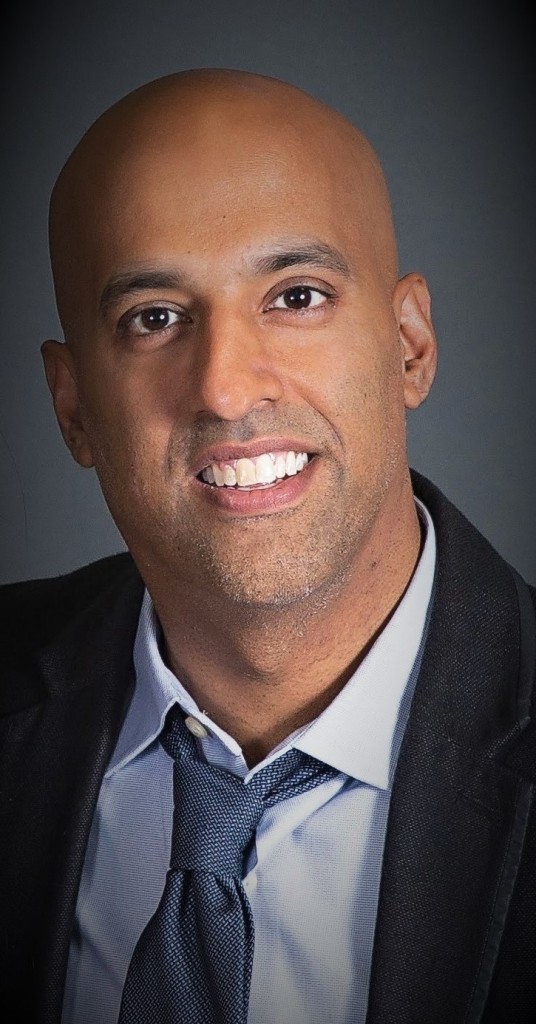Customers First (Part 1)

“If I had asked people what they wanted, they would have said faster horses.”
– Henry Ford
More and more organizations are pushing to become customer-centric as consumers are expecting more and more personalization. Understanding your customers and future customers are becoming increasingly important in maintaining and growing market share. Still, for many organizations, they take this as “the customer is always right” but this is different than understanding the customer. Understanding the customer and target audience is becoming more and more important as building personas and understanding customers through empathy mapping is becoming essential not just in digital and web. User experience (UX) specialists and customer experience (CX) specialists are becoming leaders in organization that are successful as understanding the current customers for retention and future clients for growth is now essential for organizations looking to expand. Many organizations now are rushing out to digitalize there Rolodexes and step into CRM’s to capture customer data, others are struggling in getting the data for the CRM, and others are trying to figure out ways to leverage their customer data. There are many struggles currently in many organizations to drive to become customer centric and I will explore a few over my next posts.
It doesn’t matter where you are in your journey of trying to become a more customer-focused organization. The first step is often setting up a framework to understand how to capture data from your customers and what exactly is important to them. The first step to understand the client is to create empathy and by doing so really looking at things through the eyes of the customer. The next step can often be understanding all the touchpoints and tasks that customers engage in- this is important as well as providing a consistent experience across different mediums becomes important be it digital or with human interaction. The consistency of messaging and communication can help gain trust and build brand equity with customers or consumers. Listening to the voice of customers is important and eliciting and implementing feedback is also important but what I want to touch on in the rest of the post is the customer is not always right but needs to be listened to.
There is a quote above from Henry Ford
“If I had asked people what they wanted, they would have said faster horses.”
Ford listened to his customers’ needs but what he did was solve their problem by listening and coming up with an innovative solution. In saying this sometimes the customer is not always right. So at what point do you listen to your customers and at what point do you understand their needs and provide insight to more complete solutions. I imagine Ford may have struggled a bit with the MAYA (most acceptable, yet advance) principle where the motor vehicle was pushed back against as it was too advanced for people, We see this occurring as it is difficult to accept certain technologies for people currently automated cars are difficult for a lot of people to trust and we have seen other technological advances where customers are laggards but now it is a part of the day to day.
Working in marketing and understanding client’s needs was always important but often clients did not know the best ways to reach their audience or the medium to be used even though they knew them more intimately. Sometimes becoming so aligned with your customers can take away creativity and not foster the best solution, so how do you continue to be high touch with a customer but show them the value that you can create that might not be fully aligned with what they want to do? The customer should be at the center of what you do but being able to provide them insight and really model their experience should not be dictated by the client or customer when often there is the expertise of this within the persons providing the product or service. Still in each situation, it is important to understand your customer and building personas, segmentation and micro-segmentation can help understand more on customers so actions are more informed. Another step is collecting data to provide more personalization, many consumers are buying from an emotional standpoint but it is often easier in understanding a customer and using that data to make it easier for them to purchase. Data and CX are very connected as data can be used to enhance the experience will increase the probability of a repeat customer and loyalty. Technology is not necessarily a solution but it is an enabler to help increase customer intimacy resulting in a more pleasant CX.
There are many steps that can be taken to greater customer experience (CX) one of many steps is listening to your customers and their feedback. Another step I will touch on a little in this post is developing a CX strategy that is clear and concise and can be implemented. The CX strategy should have statements that are guiding principles so frontline workers can truly implement them. Organizations like ATB (Alberta Treasury Branch) have done a great job in instilling guiding principles for their staff from the executive to the front-line they have ingrained this into their culture. These principles help drive an organization’s actions to truly implement a CX strategy the culture needs to follow and that often means change initiatives need to come to the forefront at organizations to truly provide consistent positive experiences.
How do you implement customer/ client feedback and do you put the user at the center of your business?
To read more on MAYA please see the link below as I will be going into more detail on this in a future post:
https://www.interaction-design.org/literature/article/design-for-the-future-but-balance-it-with-your-users-present

Fahim Moledina is the Principal Consultant for Opti-Syn Strategic Consulting and is a business leader with expertise in project/change management, finance, lean/agile methods, as well as marketing and sales.
If you enjoyed this post please share or subscribe below:



Recent Comments